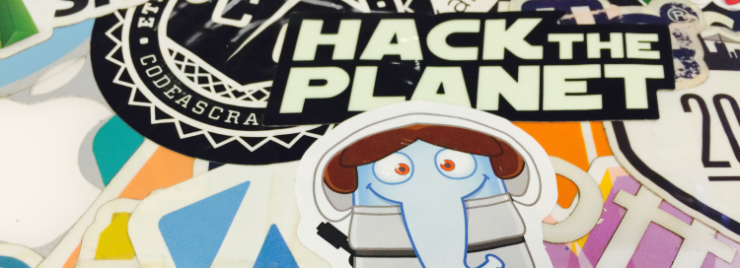Finding Open Data resources for National Day of Civic Hacking
-
- Posted: 02 Jun 2016
- Category: blog
- Tagged: data, ndoch, national day of civic hacking, and hackathons
-
Related Posts
- A Move to Main Branch
- Peter Moore on 13 Oct 2021
- Time Series Analysis with Jupyter Notebooks and Socrata
- rlvoyer on 07 Oct 2019
- Continual Improvement : CI / CD at Tyler Technologies, Data & Insights Division
- JoeNunnelley on 26 Sep 2019

National Day of Civic Hacking is almost upon us! This year, many of the challenges are focused around improving the citizen experience by using technology to make difficult tasks like applying for food stamps, finding affordable housing, or getting your criminal record easier and less error prone.
Many of the challenges can be either solved with or augmented by open data. I’ve picked out a few of my favorite challenges, and provided a few examples what datasets might be handy.
Good luck this weekend, and if you have any questions or need any help, please reach out and we’d be glad to help!
Challenge: Applying for Food Stamps
The goal of this challenge is to help explore how to make it easier for people to apply for food stamps online. Many people don’t have the time or mobility to apply in person, and that confusion is only made worse by the sorry state of many agency websites.
You can augment your food stamp application project by including data about where to get help applying for assistance, what stores accept food stamps, or where to find healthy food.
For data that might be useful, search for “food stamps”, “snap”, or “food banks” in the Open Data Network.
Challenge: Data Visualization for Obama Administration’s Promise Zones
For this challenge, you’re tasked with creating data visualizations that “tell the story of Promise Zones and economic development in other cities.” Obama’s thirteen “promise zones” are located in cities across the nation, and represent a commitment to “to create a better bargain for the middle-class by partnering with local communities and businesses to create jobs, increase economic security, expand educational opportunities, increase access to quality, affordable housing and improve public safety.”
Fortunately, many of these cities also offer open data portals, where we can find data about how they’re doing on education, making housing more affordable, and protecting the public. For example:
- Los Angeles has data about immigration workshops (API), crime and policing (API), and tons of department performance metrics
- Datasets from hundreds of other cities, as well as census, education, and demographic data from most US cities, is also available via the Open Data Network.
Challenge: Developing a Community Needs Platform
The California Health and Human Services Agency has challenged National Day participants to build a platform to connect communities, governments, and technologists to raise awareness of health issues and their solutions. Fortunately, this challenge also comes with a data portal of its own - the CHHS Open Data Portal!
There are tons of datasets that would be useful for this challenge. A few of my favorites include:
- Statistics about diabetes prevalence (API) by race and age
- Kindergarten immunization rates (API) by county and school district
- Detailed data about the utilization rate of different medical procedures (API) in hospitals across California
If you dig in a little to the CHHS data portal you’ll find tons of data that would make for interesting visualizations for this challenge.